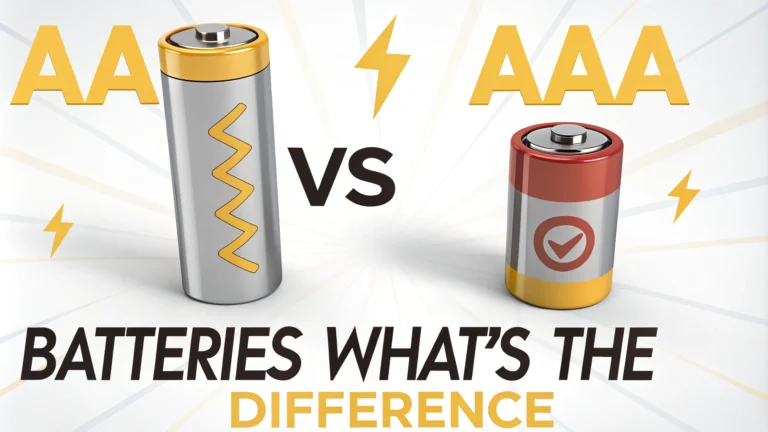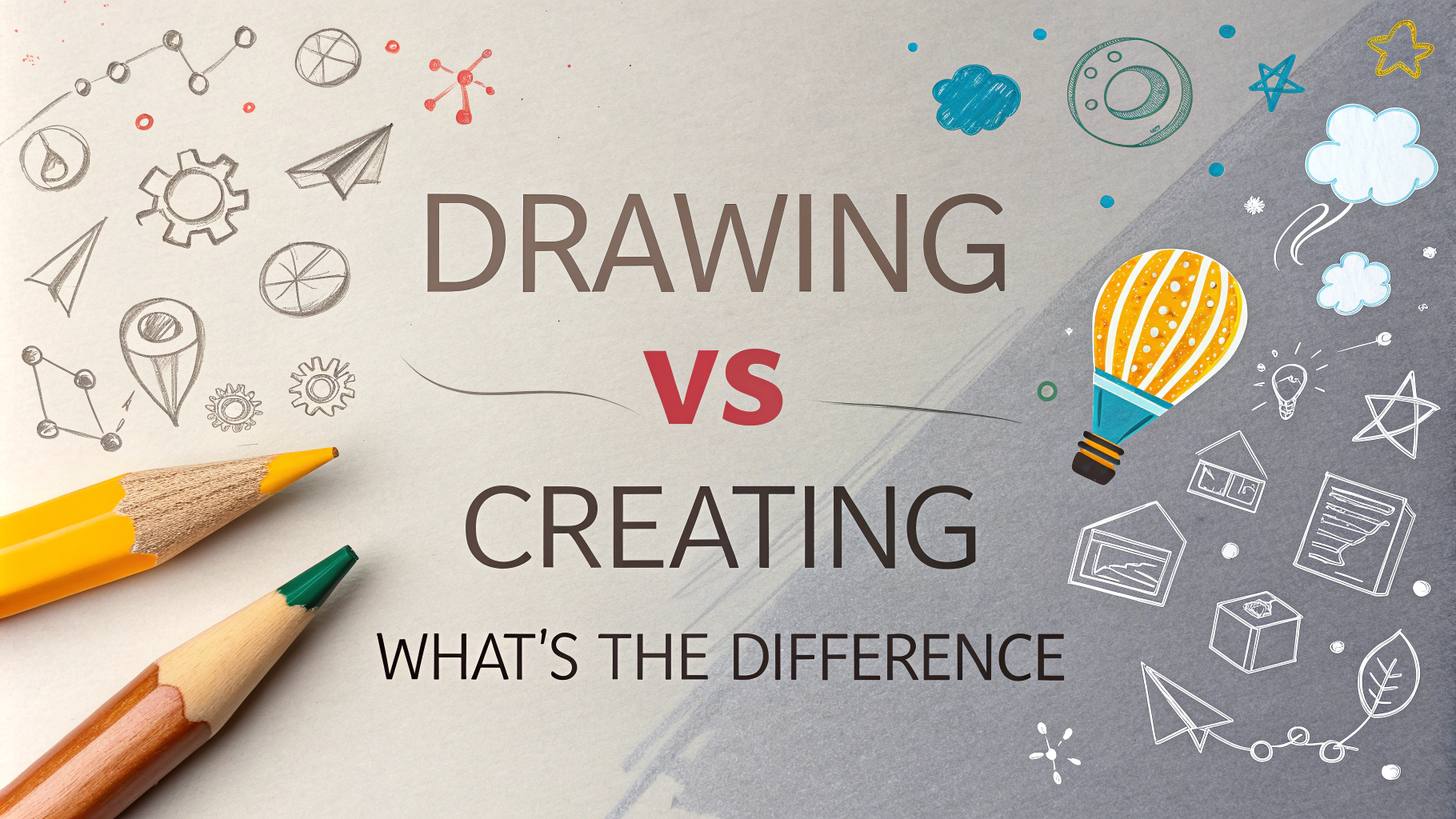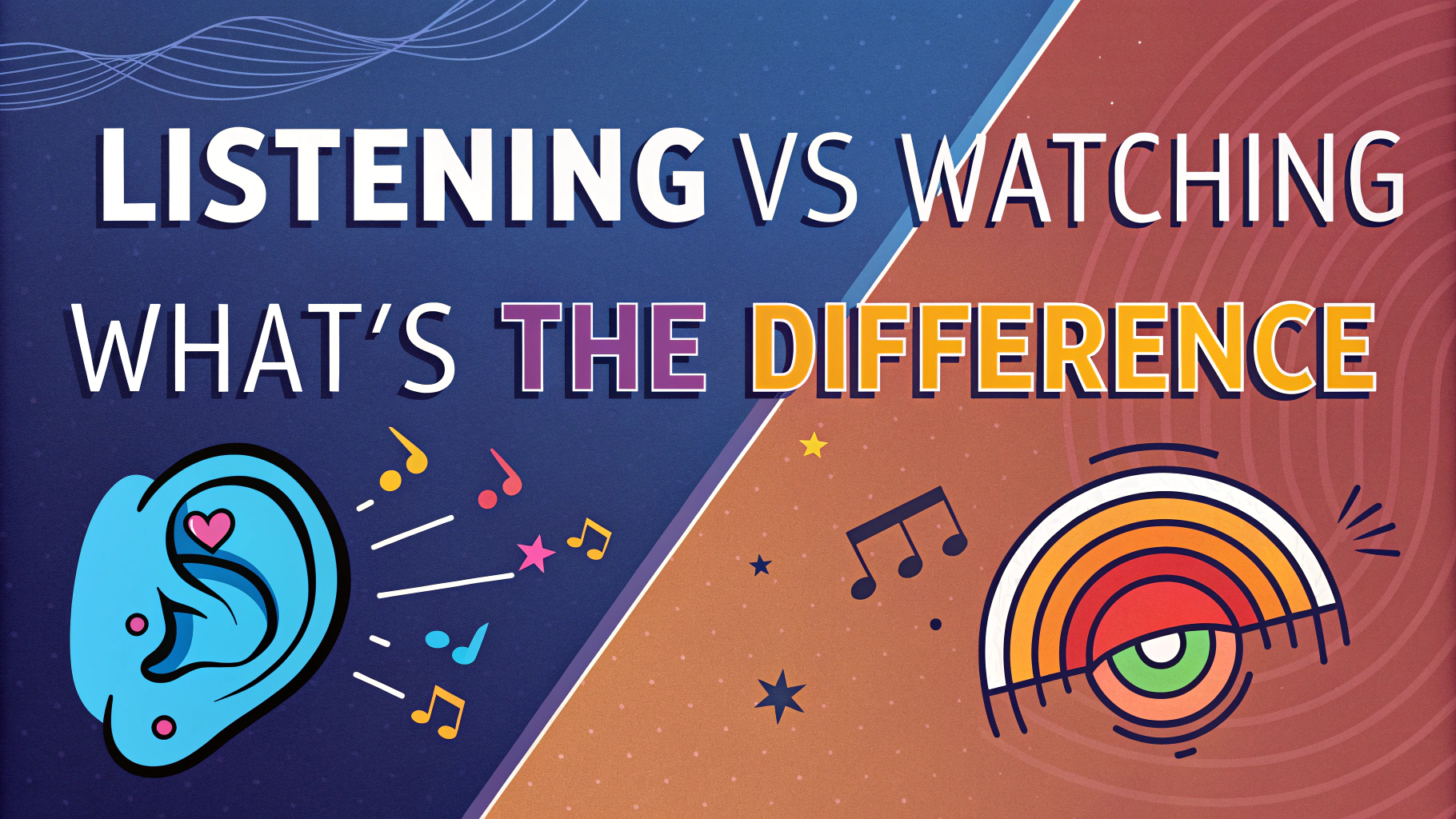Batteries power our everyday devices, from remote controls to toys. AA and AAA batteries are among the most common, but their differences can impact performance and cost. This guide explores the key distinctions between AA and AAA batteries to help you make informed choices for your devices.
We’ll compare size, capacity, availability, and device compatibility. You’ll learn which battery type suits specific applications and how to maximize their lifespan. By the end, you’ll be equipped to select the right battery for your needs, potentially saving money and reducing waste.
Physical Differences and Energy Capacity
AA and AAA batteries differ primarily in size and energy capacity. AA batteries are larger, measuring 14.5mm in diameter and 50.5mm in length. AAA batteries are smaller, at 10.5mm in diameter and 44.5mm in length.
This size difference impacts energy storage:
- AA batteries typically hold 2000-3000 mAh
- AAA batteries usually contain 800-1200 mAh
The higher capacity of AA batteries often translates to longer device run times, making them suitable for high-drain devices like digital cameras or portable game consoles.
Device Compatibility and Common Uses
Device design dictates battery choice. AA batteries are common in:
- Remote controls
- Wireless mice and keyboards
- Portable radios
- Flashlights
AAA batteries are often found in:
- Small LED flashlights
- Wireless thermostats
- TV remotes
- Calculators
Some devices, like game controllers, may use either type. Check your device’s manual or battery compartment to ensure compatibility.
Cost Considerations and Availability
AA batteries are generally more cost-effective per unit of energy. They’re widely available and often sold in bulk packages, which can lead to savings. AAA batteries, while slightly pricier per unit, are also readily accessible.
When choosing between AA and AAA, consider:
- Initial cost vs. long-term value
- Frequency of battery changes
- Environmental impact of battery disposal
Rechargeable vs. Disposable: Making the Right Choice
Rechargeable batteries offer long-term cost savings and reduce environmental impact. However, they require an initial investment in a charger and have a higher upfront cost. Disposable batteries are convenient but can be more expensive over time.
Consider these factors when choosing between rechargeable and disposable batteries:
- Frequency of use
- Device power requirements
- Convenience vs. cost-effectiveness
- Environmental concerns
For high-drain devices used frequently, rechargeable batteries often prove more economical. For low-drain devices or infrequent use, disposable batteries might be more practical.
Maximizing Battery Life and Performance
Proper care and usage can significantly extend battery life, regardless of type. Follow these tips to get the most out of your batteries:
- Store properly: Keep batteries in a cool, dry place
- Remove from devices: When not in use for extended periods
- Avoid mixing: Don’t combine old and new batteries or different brands
- Clean contacts: Ensure good connection between battery and device
- Use the right charger: For rechargeable batteries, use manufacturer-recommended chargers
Regular maintenance and proper handling can prevent premature battery failure and ensure optimal performance in your devices.
Environmental Impact and Recycling
Both AA and AAA batteries contain materials that can harm the environment if not disposed of properly. Rechargeable batteries have a lower environmental impact over time, as they reduce the number of batteries discarded.
To minimize environmental impact:
- Recycle batteries at designated collection points
- Consider using rechargeable options when possible
- Properly dispose of damaged or swollen batteries
- Look for eco-friendly battery options with reduced toxic materials
Many retailers and local waste management facilities offer battery recycling programs. Check your area for convenient drop-off locations.
Future Trends in Battery Technology
Battery technology continues to evolve, with new developments aimed at improving capacity, lifespan, and environmental impact. Some emerging trends include:
- Lithium-ion AA and AAA sizes: Offering higher capacity and longer life
- Solar-rechargeable batteries: Combining solar panels with rechargeable technology
- Biodegradable batteries: Reducing environmental impact of disposal
- Smart batteries: With built-in charge indicators and improved power management
These advancements may influence future choices between AA and AAA batteries, potentially offering more efficient and eco-friendly options for powering devices.
Making the Right Choice for Your Needs
Choosing between AA and AAA batteries depends on various factors. Consider these key points when making your decision:
- Device compatibility: Check your device’s requirements
- Power needs: High-drain devices benefit from AA’s larger capacity
- Size constraints: AAA batteries suit smaller devices
- Cost considerations: Balance initial cost with long-term value
- Environmental impact: Consider rechargeable options for frequently used devices
By evaluating these factors, you can select the most appropriate battery type for each of your devices, optimizing performance and cost-effectiveness.
FAQs about AA vs AAA Batteries
1. What’s the main difference between AA and AAA batteries?
The primary difference is size. AA batteries are larger, measuring 14.5mm in diameter and 50.5mm in length, while AAA batteries are smaller at 10.5mm in diameter and 44.5mm in length.
2. Do AA batteries last longer than AAA batteries?
Generally, AA batteries have a longer lifespan due to their larger size, which allows for more energy storage. However, the actual lifespan depends on the device and usage patterns.
3. Can I use AA batteries instead of AAA in my devices?
No, AA and AAA batteries are not interchangeable due to their different sizes. Always use the battery size specified by the device manufacturer.
4. Which devices typically use AA vs AAA batteries?
Common devices using each type include:
- AA: Remote controls, toys, cameras, game controllers
- AAA: Small electronics, TV remotes, wireless mice, calculators
5. Are rechargeable AA and AAA batteries worth it?
Rechargeable batteries can be cost-effective for frequently used devices. They have a higher upfront cost but can be reused hundreds of times, reducing long-term expenses and environmental impact.
6. What’s the voltage difference between AA and AAA batteries?
There is no voltage difference between AA and AAA batteries. Both typically provide 1.5 volts for alkaline batteries and 1.2 volts for rechargeable NiMH batteries.
7. How do I properly store AA and AAA batteries?
Store batteries in a cool, dry place at room temperature. Avoid extreme temperatures and moisture. Keep them in their original packaging or a battery storage case to prevent short-circuiting.
8. Are lithium AA and AAA batteries better than alkaline?
Lithium batteries often outperform alkaline in terms of lifespan and performance in high-drain devices. They also have a longer shelf life but come at a higher cost.
9. How do I dispose of used AA and AAA batteries?
Alkaline batteries can often be disposed of in regular trash, but it’s best to recycle them. Rechargeable and lithium batteries should always be recycled at appropriate collection points due to their chemical composition.
10. What’s the capacity difference between AA and AAA batteries?
AA batteries typically have a higher capacity than AAA batteries:
| Battery Type | Typical Capacity Range |
|---|---|
| AA Alkaline | 1700-3000 mAh |
| AAA Alkaline | 800-1200 mAh |
11. Are there environmental considerations when choosing between AA and AAA batteries?
The environmental impact is more related to the battery chemistry and disposal practices rather than the size. Rechargeable batteries of either size are generally more eco-friendly than disposable ones when used properly.
12. How do AA and AAA batteries perform in extreme temperatures?
Both AA and AAA batteries can be affected by extreme temperatures. Cold temperatures can reduce battery life and performance, while high temperatures can cause batteries to degrade faster or leak.



















